Heist movies are a summer staple. Time-tested tropes of the genre — the planning montage, the inevitable need to change plans on the fly, the high-speed getaway — have thrilled audiences for over half a century.
One of the greatest heist film directors, Steven Soderbergh, is returning to the world of larceny with Logan Lucky, out Aug. 18. But unlike the heroes of Ocean’s 11, these protagonists aren’t suave, besuited tricksters robbing a casino. They’re so-called hillbillies who have decided to leverage people’s biases to their advantage. Along with Edgar Wright’s Baby Driver, which premiered earlier this summer, Logan Lucky puts a new spin on a classic genre.
Both films are sure to also make you nostalgic for the capers of years past. Here are the 25 best heist movies to catch in theaters or watch at home.
Logan Lucky (2017)
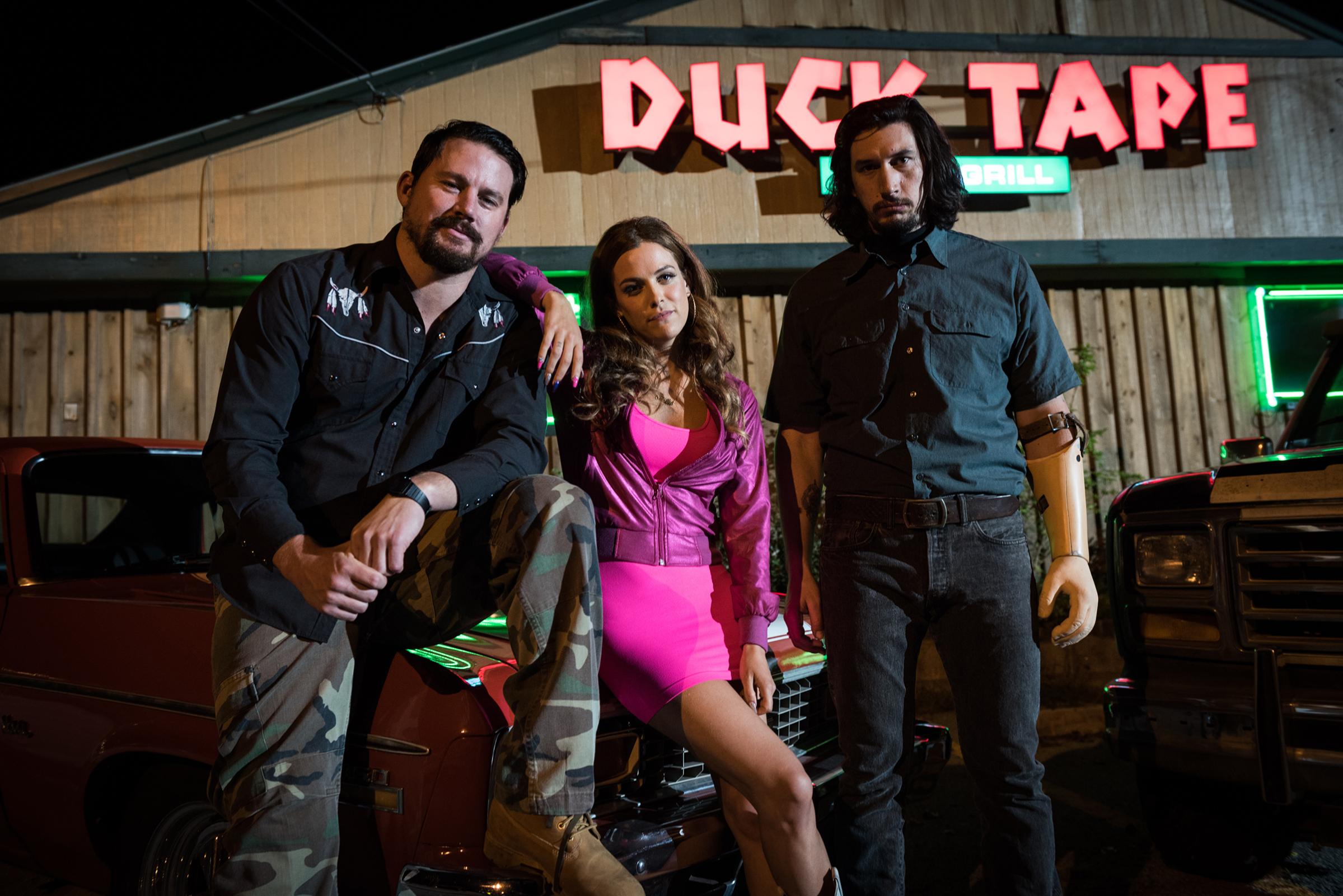
Director: Steven Soderbergh
Why it’s great: Soderbergh returns to what he does best with Logan Lucky, a movie about self-proclaimed hillbillies who are smarter than they let on. The film reunites Channing Tatum with his Magic Mike director and adds Daniel Craig, Adam Driver and Riley Keough to the crew that hatches a plan to rob a motor speedway. With self aware humor — at one point the heist is dubbed “Ocean’s 7-11” — and emotional heft in the form of a young daughter for Tatum, Soderbergh expands on the genre by introducing characters who are rarely allowed to outwit the authorities.
Baby Driver (2017)

Director: Edgar Wright
Why it’s great: No one can drive a getaway car quite like Baby. With a carefully curated playlist — Ansel Elgort’s Baby has tinnitus and plays music constantly to tune out the hum in his ears — and a cohort of crazed criminals (Kevin Spacey, Jamie Foxx and Jon Hamm), this instant classic shifts into high gear during the driving scenes. Baby’s moves behind the wheel are choreographed as carefully as an intricate dance. But Baby Driver is also a love story: The romance between Baby and diner waitress Debora (Lily James) is what gives this film its beating heart.
Fast Five (2011)

Director: Justin Lin
Why it’s great: The best movie in the Fast & Furious franchise is technically a heist film — it just also involves a lot of cars. In Fast Five, Vin Diesel and Paul Walker plan to pull “one last job” (or, you know, one of about five “last jobs”) to finance their escape off the grid. The action flick is filled with classic heist movie tropes: a planning montage, a speed bump that forces the crew to change their plans and a cop hot on their heels. In this case, that cop is a ridiculously jacked Dwayne Johnson infusing the franchise with some much-needed life. This is the first Fast movie where the stunts are delightfully ridiculous: Diesel and Walker jump off the side of a cliff and later drag a giant safe through the streets of Rio. As heist movies go, this one is more brawn than brains.
The Town (2010)

Director: Ben Affleck
Why it’s great: Argo might have won Best Picture, but The Town proved Ben Affleck had real directing chops. The violent film starring Jeremy Renner, Jon Hamm and Affleck centers on the Boston neighborhood of Charlestown. Affleck’s reluctant bank robber Doug desperately wants to redefine himself— much like Affleck, who at the time was trying to reestablish himself as a serious Hollywood player after misfires like Gigli and Jersey Girl. But a threat to his lady love (Rebecca Hall) — who he happened to meet while taking her hostage — sends him on one last very dangerous job. The nun masks are a nice touch, too.
The Bank Job (2008)
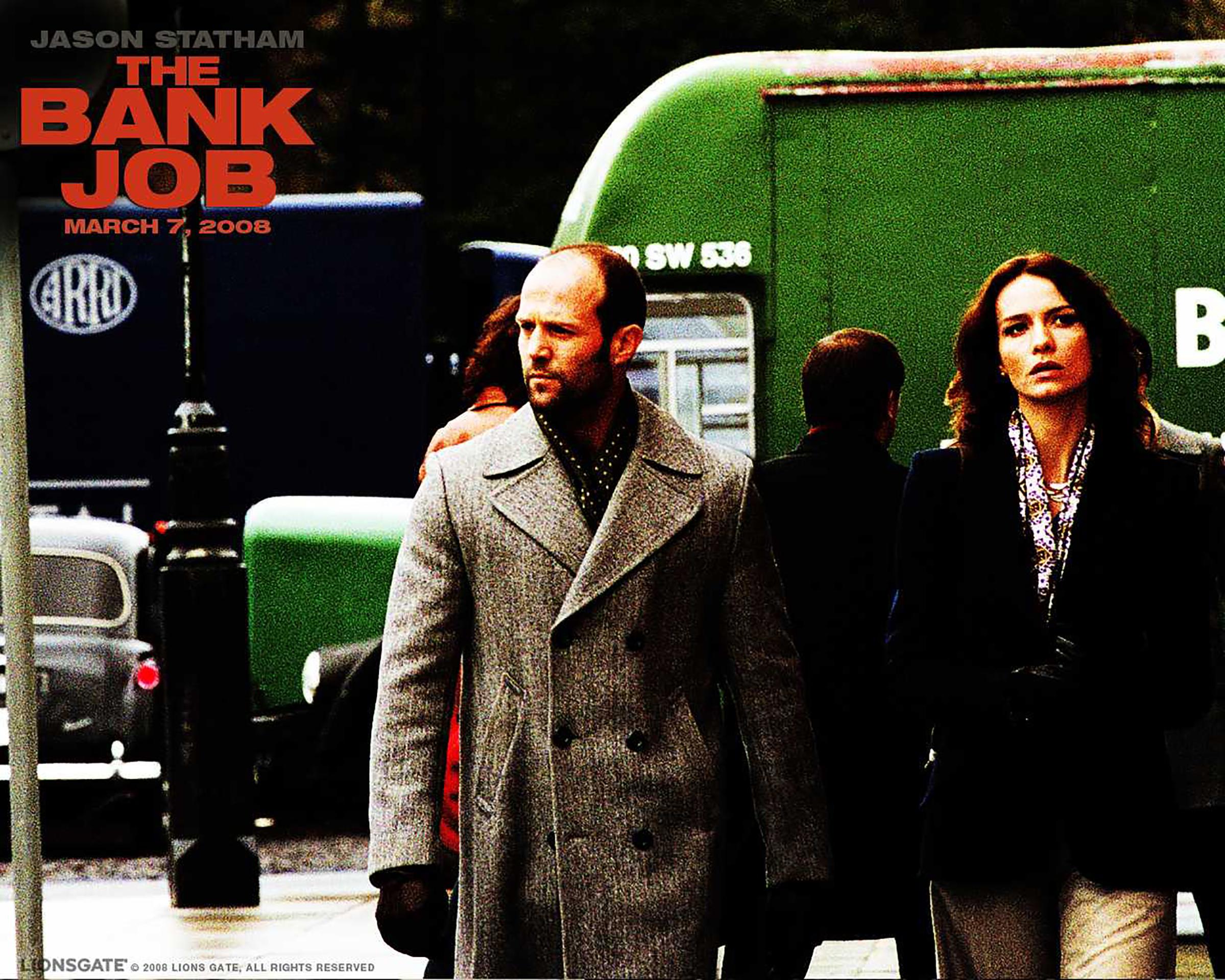
Director: Roger Donaldson
Why it’s great: At this point in his career, Jason Statham is best known as an action star. But when he pauses running between fistfights to utter some dialogue, he makes a pretty great robber, too. The film is inspired by a real 1971 bank robbery during which a group of thieves broke into a bank vault full of safety deposit boxes. The story dominated the headlines for a week before completely disappearing from the British media. Why? The movie spins its own conspiracy theory: Statham’s Terry Leather finds dirty pictures of Princess Margaret that are being held by the mob as blackmail material in one of the safety deposit boxes. Her Majesty’s Secret Service wants to destroy the photos, the mob wants to retrieve them and Leather just wants to survive. The film pays homage to The Asphalt Jungle, The Italian Job and Ocean’s 11.
Inside Man (2006)
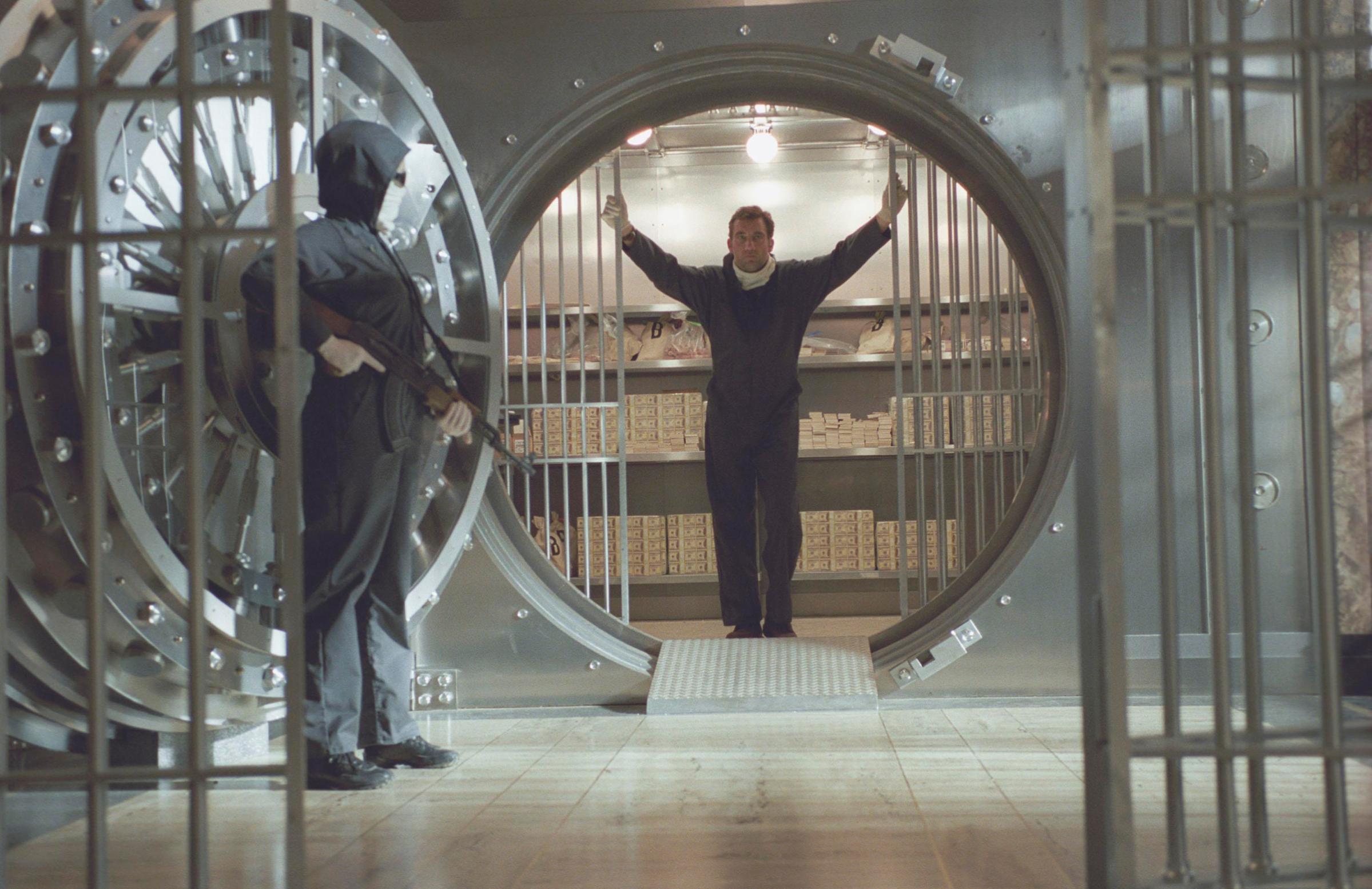
Director: Spike Lee
Why it’s great: Spike Lee’s most mainstream film to date makes the list thanks to excellent performances from Denzel Washington, Clive Owen, Jodie Foster, Chiwetel Ejiofor, Willem Dafoe and Christopher Plummer. Owen’s career criminal is caught mid-bank robbery, but when Washington’s detective arrives on the scene it becomes clear that the bank robbers planned for a hostage situation all along. Everyone’s a little bit sleazy: the good guys a bit bad, the bad guys perhaps good. The plot takes perhaps one too many twists, but Lee’s style — and love for the New York landscape — takes the film to great heights.
The Italian Job (2003)
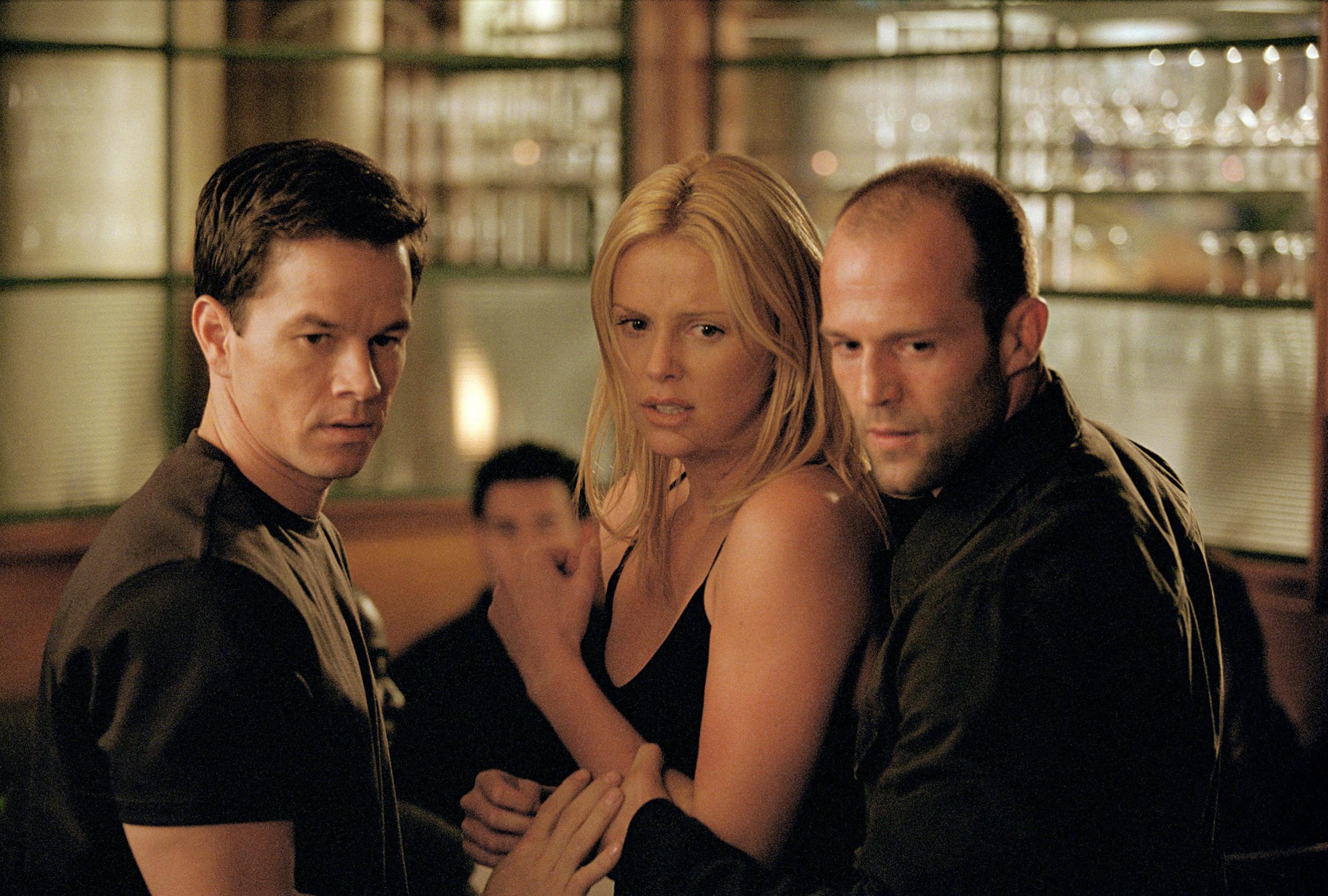
Director: F. Gary Gray
Why it’s great: The Italian Job remake pays homage to the original with those omnipresent Mini Coopers but otherwise has little to do with the 1960s film. This movie is more about revenge than the take: The heroes announce to the villain early on that they plan to steal his loot in order to avenge the death of one of their own, a twist on your typical heist film. The film boasts an all-star cast of Mark Wahlberg, Charlize Theron, Jason Statham, Seth Green, Mos Def and Donald Sutherland, who exchange barbs with a delightfully slimy Edward Norton as they gaze over beautiful Italian vistas.
Ocean’s Eleven (2001)

Director: Steven Soderbergh
Why it’s great: Let’s admit it: The original Rat Pack version of Ocean’s 11 was probably a lot of fun to make. But it’s a lot less fun to watch now. Soderbergh cleverly reimagines that film as a brain teaser trilogy that resists the too-many-twists trap. Stars George Clooney and Brad Pitt assemble a ragtag team to bring down a casino — and win back Clooney’s ex, Julia Roberts. Capitalizing on his stars’ charm, Soderbergh’s Ocean’s trilogy set the gold standard for the modern heist film. The first installment remains the best, though Ocean’s 12 is an interesting meta-commentary on how hard it is to make sequels in Hollywood. (It also contains that much loved-and-loathed scene in which Julia Roberts’ Tess pretends to be Julia Roberts.)
Snatch (2000)
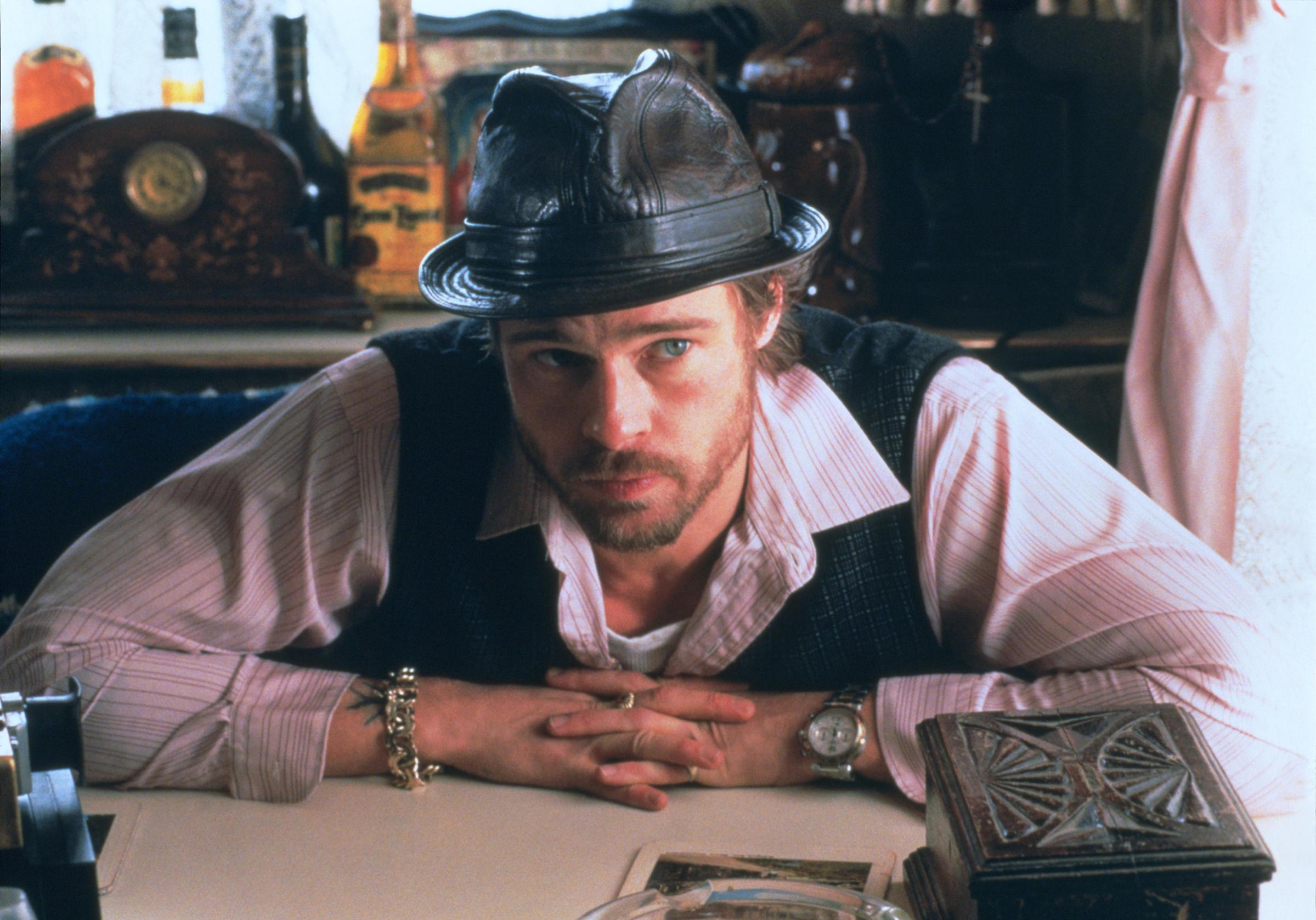
Director: Guy Ritchie
Why it’s great: The high-energy movie about London’s underworld starring Brad Pitt, Jason Statham and Benicio Del Toro involves a boxer with an inscrutable accent, seemingly Orthodox Jewish jewelers, Russian gangsters and a priceless diamond. Yes, it may feel similar in style and tone to the director’s first movie, Lock, Stock and Two Smoking Barrels. But Snatch proved that Ritchie is adept with the genre, especially when he’s cooking up names like Franky Four Fingers and Bullet-Tooth Tony.
The Thomas Crown Affair (1999)
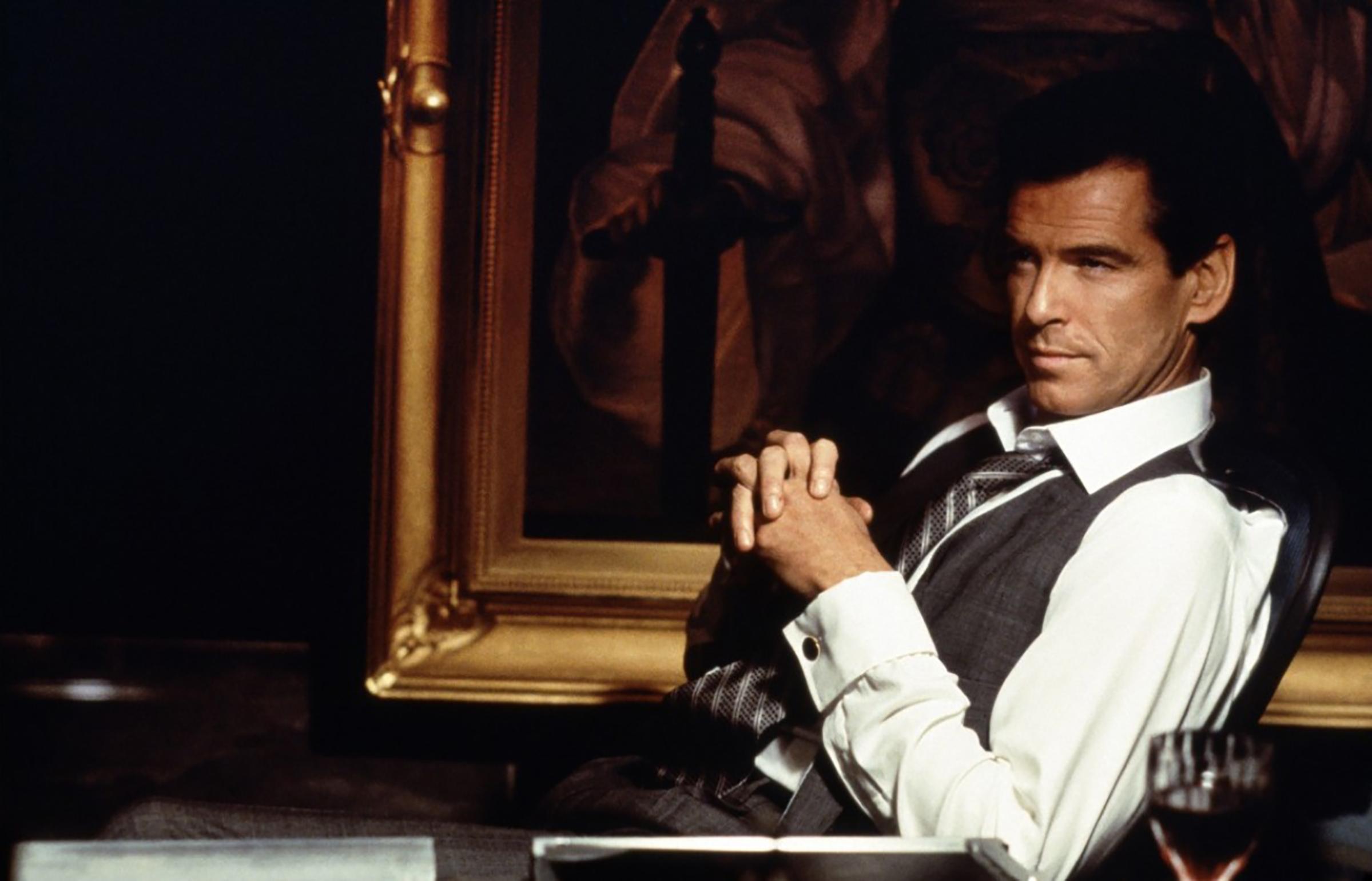
Director: John McTiernan
Why it’s great: The suave remake starring Pierce Brosnan and Rene Russo offers a cooler caper: Brosnan’s titular thief steals a $100 million Monet from the Metropolitan Museum of Art in broad daylight — and then later decides to return it in a similar fashion — a move worthy of James Bond himself. But the sexual tension between Brosnan and Russo has less heat than Steve McQueen and Faye Dunaway’s romance. This version is more roguish than it is pessimistic, which perhaps is all that a good film about grand larceny should be.
Lock, Stock and Two Smoking Barrels (1998)

Director: Guy Ritchie
Why it’s great: Guy Ritchie’s directorial debut is full of slapstick violence, bizarre misunderstandings and, yes, guns. A group of four friends (Nick Moran, Jason Flemyng, Dexter Fletcher and Jason Statham in his first film role) find themselves on the wrong side of a psychotic porn king when one of them loses a card game. To get out from under the debt, they decide to rob some local gangsters. The pace quickens, the plot gets rather complicated and everything that can go wrong does. Ritchie’s film is a loving Tarantino tribute, but with even more gags.
Set It Off (1996)

Director: F. Gary Gray
Why it’s great: Too few heist movies feature female bank robbers. Thankfully, Set It Off gives us four, played by Jada Pinkett Smith, Queen Latifah, Vivica A. Fox and Kimberly Elise. Deeper than your average action flick, the movie explores how racism, sexism and classism conspire to create dire circumstances for four close friends living in Los Angeles. They decide to start committing crimes in order to better the lives of their families. They don sunglasses and wigs to pull of their heists — and yes, that scene in Girls Trip is a callback to this early Pinkett Smith-Latifah partnership.
Bottle Rocket (1996)

Director: Wes Anderson
Why it’s great: Wes Anderson’s first movie was a heist movie, co-written with his longtime collaborator Owen Wilson, though with all the singular flourishes you might expect from the whimsical director. Brothers Owen and Luke Wilson star as wannabe robbers who get in over their heads when they try to team up with a real criminal (James Caan). Anderson uses the dimwitted charm of his two main characters to begin to work out what will become his signature style.
Heat (1995)

Director: Michael Mann
Why it’s great: Yes, this is the movie that brought Al Pacino and Robert De Niro together onscreen for the first time. But Heat is so much more than a meeting of titans in a memorable diner scene. The L.A. action scenes are spectacular, the supporting cast — including Val Kilmer — engaging and the emotional lives of the characters full. De Niro’s career criminal Neil McCauley instructs his crew to pull one last heist, despite the fact that they know they’re under surveillance by LAPD Lieutenant Vincent Hanna (Pacino). It’s a dark movie about the cost of violence that touches on how tenuous relationships can be.
The Usual Suspects (1995)
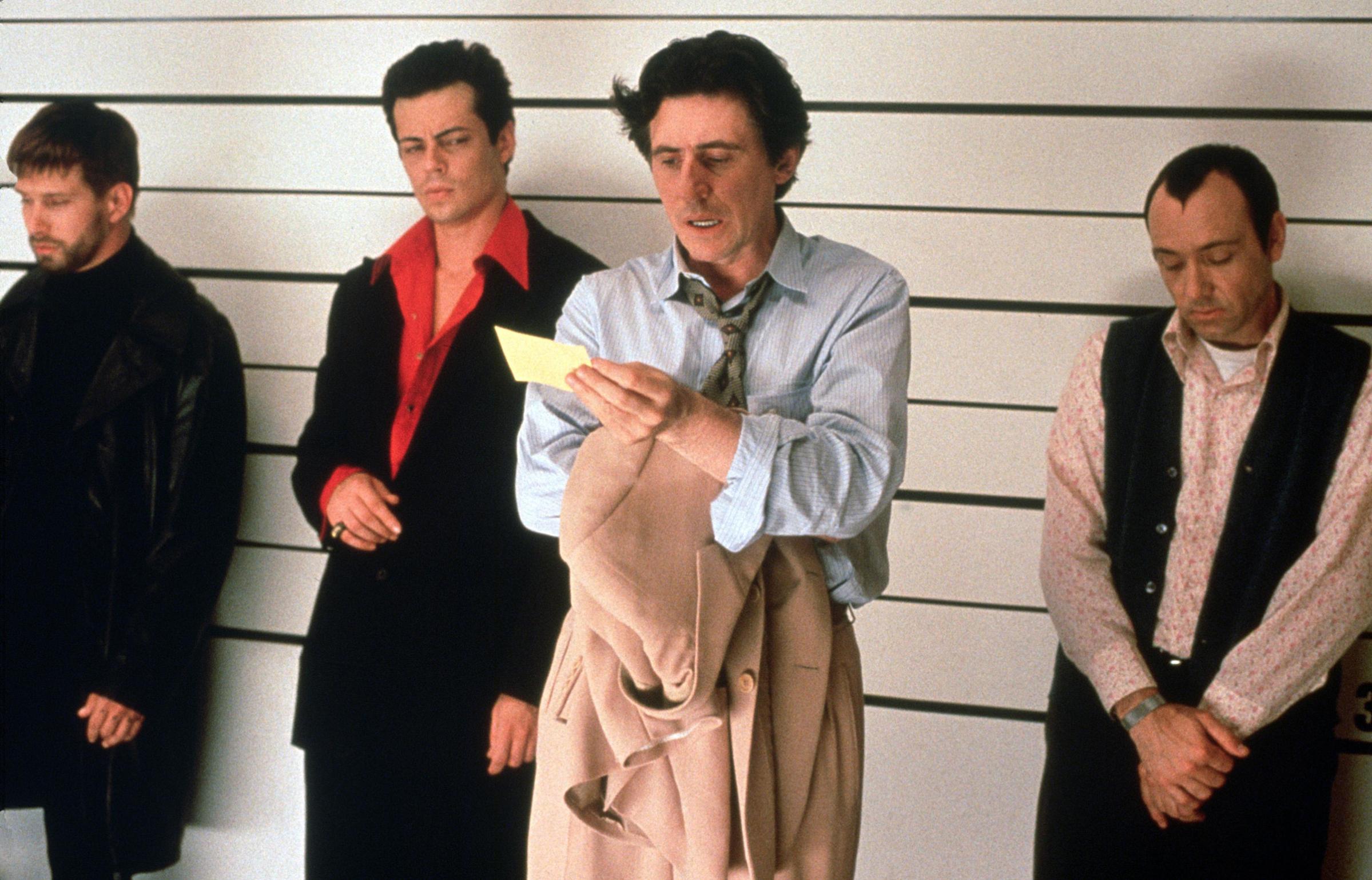
Director: Bryan Singer
Why it’s great: Though more a mystery than a true heist movie, The Usual Suspects makes the list thanks to its fabled twists. Five seasoned criminals meet in a police lineup — seemingly by happenstance — and decide to pull a job together. But in the process they unknowingly scam a fearsome criminal, Keyser Söze. The robbers eventually find themselves in a massive shootout, and only Roger “Verbal” Kint (Kevin Spacey), survives. As police probe him for information about Söze, the film sets up an ending that’s impossible to predict. Spacey won an Oscar for the role.
Reservoir Dogs (1992)
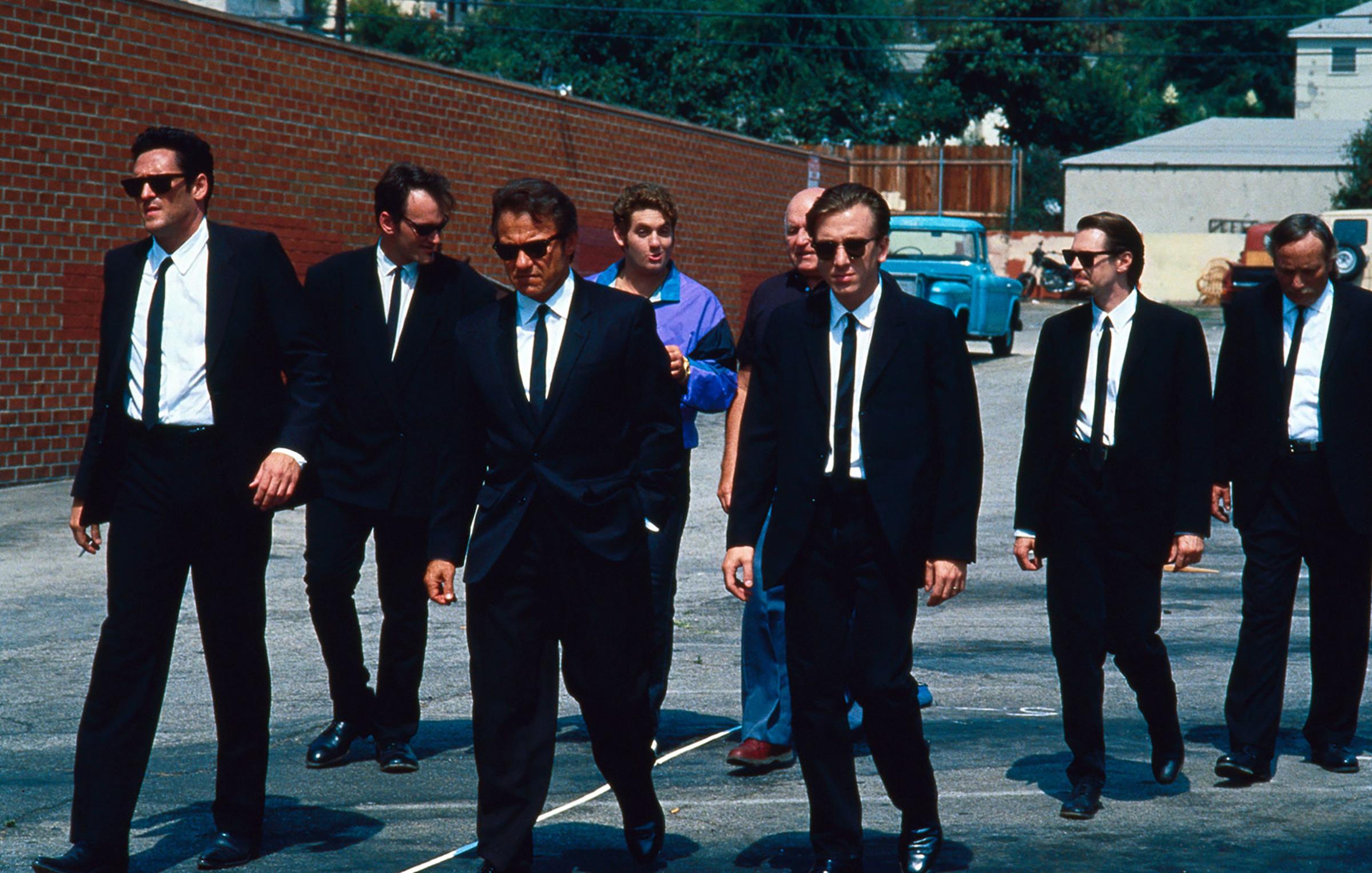
Director: Quentin Tarantino
Why it’s great: Reservoir Dogs is classic Quentin Tarantino: profanity, nonlinear storytelling, extreme violence — like, cutting off someone’s ear extreme. The film follows a six criminals — Mr. Blonde, Mr. Blue, Mr Brown, Mr. Orange, Mr. Pink and Mr. White — who join together for a stick-up that goes terribly wrong. The dialogue is as sharp as the knives, and the iconic imagery of those black ties and black sunglasses unforgettable. The film premiered at Sundance and helped earn Tarantino his rabid following.
Point Break (1991)
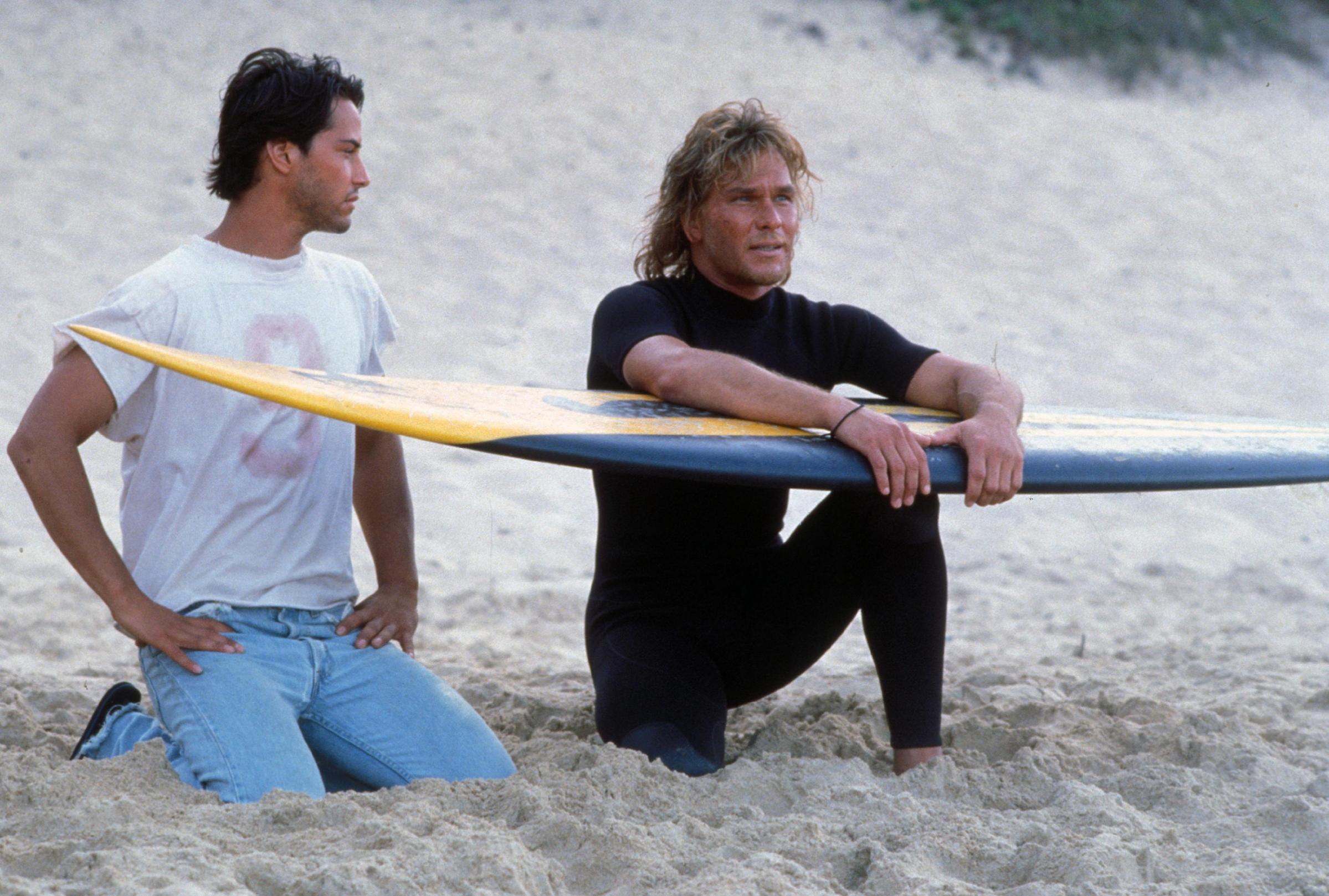
Director: Kathryn Bigelow
Why it’s great: Kathryn Bigelow’s early cult classic pits Keanu Reeves’ FBI agent — the perfectly named Johnny Utah — against Patrick Swayze’s surfer-turned-bank-robber Bodhi and his crew. But don’t let their surfer bro lingo fool you: The stakes are high, thanks to the surfers’ apparent death wish. At one point someone jumps out of an airplane without a parachute. Such actions scenes help rescue a plot with as many holes in it as Reeves’ bulletproof vest, rendering the movie an adrenaline-pumping fan favorite.
A Fish Called Wanda (1988)

Director: John Cleese and Charles Crichton
Why it’s great: It’s no surprise that Monty Python veteran John Cleese created the funniest heist movie in cinematic history. Jamie Lee Curtis stars as a seductress who teams up with a group of robbers to steal a bunch of diamonds. She flirts all the men into submission while she plots to make off with the jewels herself. The madcap mission goes predictably and hilariously awry, resulting in two dead dogs and a gobbled-up goldfish. Cleese plays an excellent straight-man while the thieves played by Kevin Kline and Michael Palin take unhinged to a new level.
Dog Day Afternoon (1975)

Director: Sidney Lumet
Why it’s great: Based on a true story, Lumet’s film follows a Vietnam veteran named Sonny (Al Pacino) who tries to hold up a Brooklyn bank in order to fund his lover’s sex reassignment surgery. But there’s no money in the safe, and Sonny finds himself taking hostages. He becomes a news sensation, an arc that Lumet uses to explore how the media and public can turn an average person into a celebrity — for better or worse. The tense film was ahead of its time in style and subject matter: Shot in a documentary-like manner still employed by filmmakers, Dog Day Afternoon is an early example of a mainstream Hollywood project that aimed to depict a gay character with complexity and compassion.
The Sting (1973)
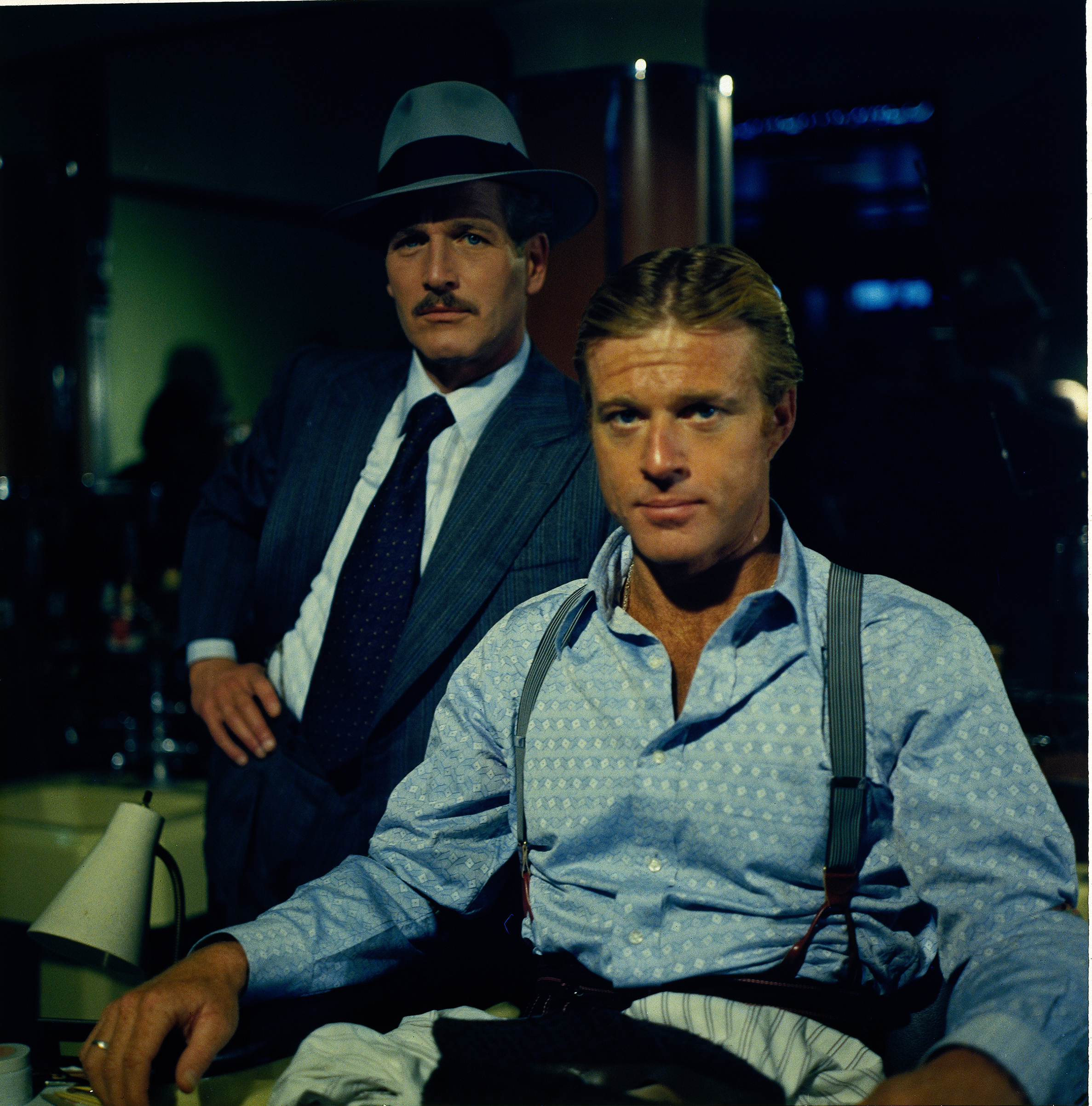
Director: George Roy Hill
Why it’s great: When it comes to charisma, it’s hard to top the original dynamic duo: Robert Redford and Paul Newman. Coming off the success of Butch Cassidy and the Sundance Kid, the two reunite to play a small time con man (Redford) who seeks out a legendary swindler (Newman). Together, they plan to execute an elaborate sting that will rob a mob boss (Robert Shaw) of his riches, thus avenging the death of their mutual friend. Set to ragtime music, the movie introduces a series of lovable, dapper criminals as they construct and populate a fake underground gambling hall to trap their prey. The Sting is totally unpredictable, but also utterly rewatchable: Redford and Newman’s chemistry buoy the film from intriguing puzzle to unassailable classic. The movie won Best Picture and Best Director at the 1974 Oscars.
The Italian Job (1969)

Director: Peter Collinson
Why it’s great: This stylish movie features a young Michael Caine as a Cockney-accented lothario who travels to Italy to boost some gold. His means of getaway: Red, white and blue Mini Coopers that have since British cultural icons. The cars and Caine’s famous line — “You were only supposed to blow the bloody doors off!” — have cemented the film’s place in cinematic history. And the movie ends on what’s either a frustrating or brilliant note: A literal cliffhanger.
The Thomas Crown Affair (1968)
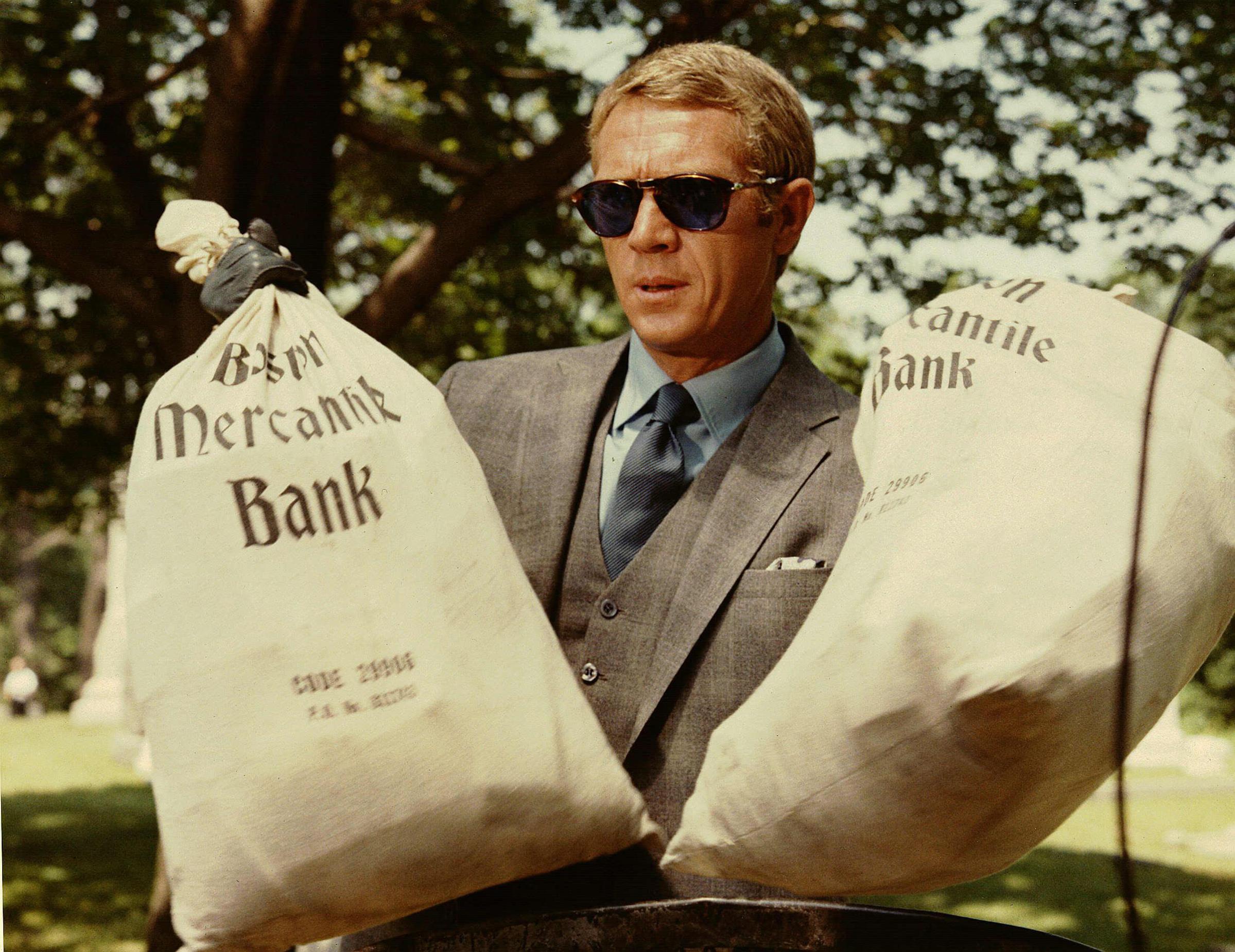
Director: Norman Jewison
Why it’s great: The caper-romance flick is the ultimate in 1960s nostalgia. Steve McQueen stars as Thomas Crown, a bored millionaire who orchestrates a bank robbery in Boston just for kicks. Faye Dunaway plays the insurance investigator assigned to find the mastermind behind the crime. They’re both ridiculously attractive and thus bound to fall into bed together. Their game of cat and mouse culminates in an erotic chess match. (Yes, really.) On the surface, the movie is all glamor — games of polo, drives on the beach and smirking behind sunglasses. But Norman Jewison infuses the film with a layer of cynicism when the two narcissists facing off against each other realize that their lives are utterly empty.
The Killing (1956)
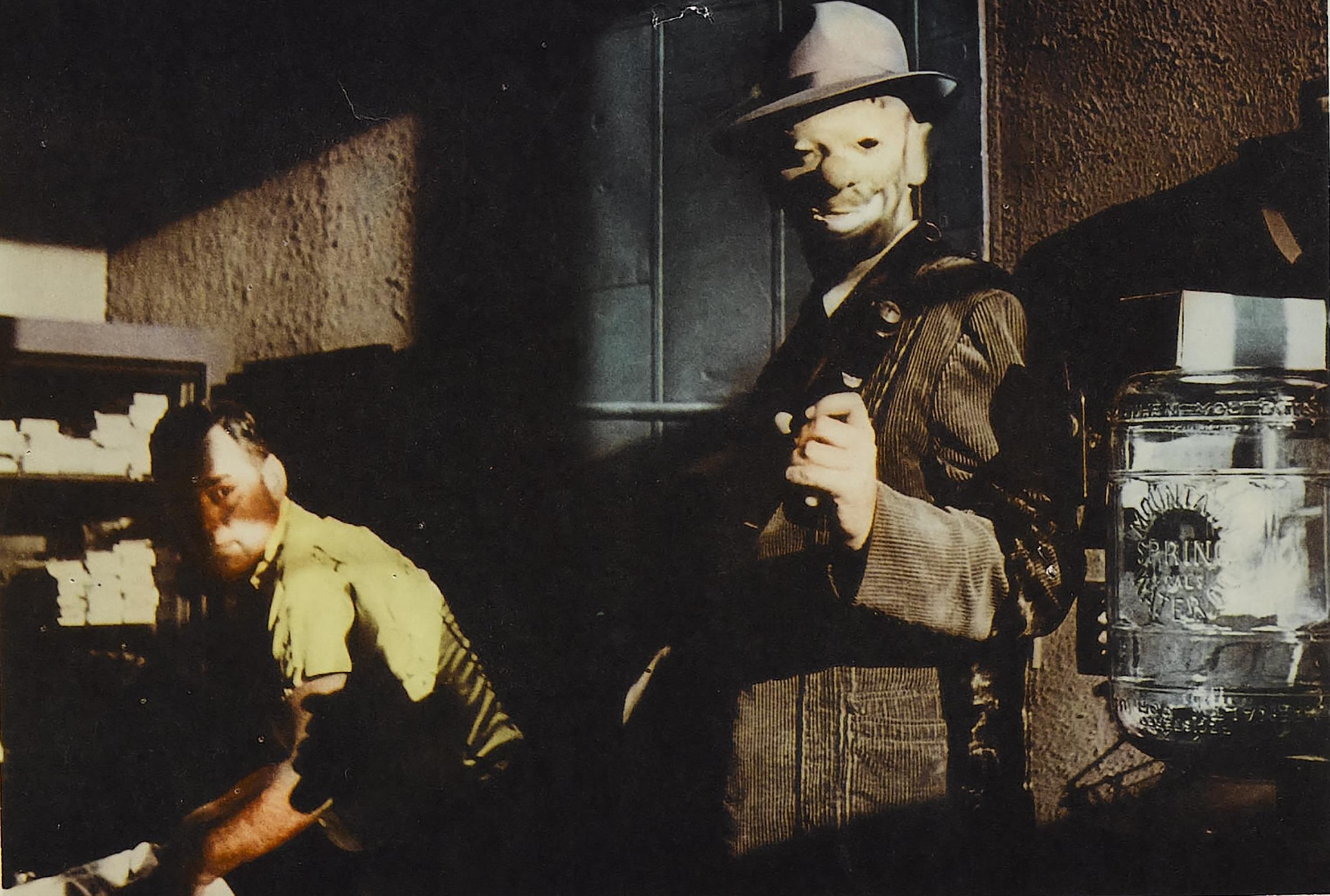
Director: Stanley Kubrick
Why it’s great: The early Stanley Kubrick movie is a triumph in filmmaking. A career criminal (Sterling Hayden) decides to pull one last job before retiring. Kubrick sets up the heist by telling the story from one robber’s perspective before retelling it from another robber’s point of view and so on. By the time the action starts, we’re familiar with the motives of the many desperate men involved in the job. It’s a storytelling trick that has influenced the likes of Quentin Tarantino and won Kubrick acclaim before he ever made A Clockwork Orange or 2001: A Space Odyssey.
Rififi (1955)
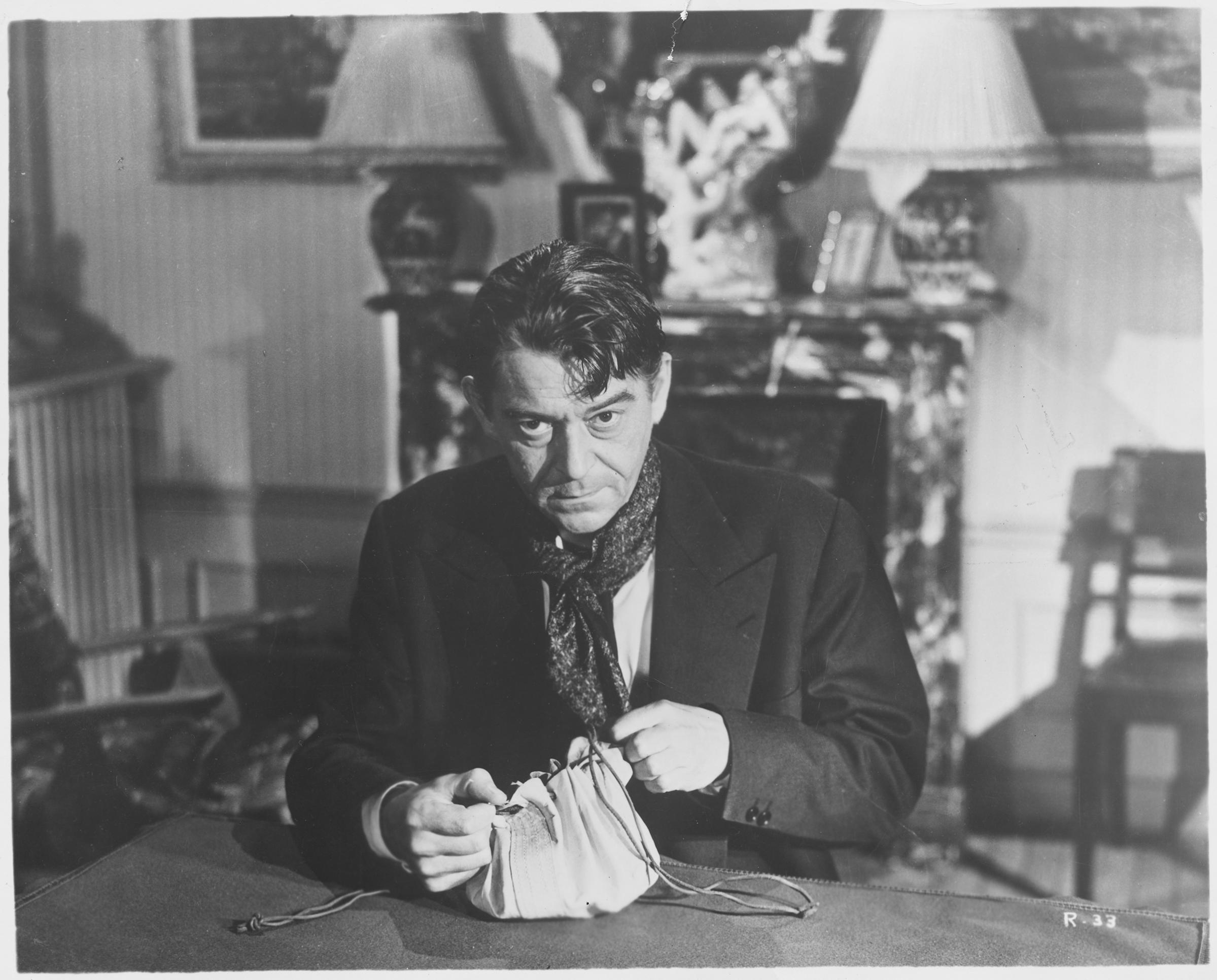
Director: Jules Dassin
Why it’s great: Many film critics credit director Jules Dassin with inventing the modern heist film with Rififi, and Dassin only took on the French film after he was blacklisted in Hollywood during the McCarthy era. The movie features one of the most famous scenes in movie history: In a 28-minute sequence, the robbers break into a jewelry store and steal diamonds in total silence. The wordless scene is so meticulous in its details that some countries banned the movie for fear that criminals would use it as an instruction manual. But Rififi made its mark in other ways. The story captures the euphoric highs of executing a robbery and the heart-rending lows of when everything inevitably goes wrong. The Killing and Reservoir Dogs are among the movies that have borrowed elements of the fabled film.
The Asphalt Jungle (1950)

Director: John Huston
Why it’s great: The Asphalt Jungle was the first major film to present criminals as basically good people who just happen to steal, a thread picked up by The Sting, Ocean’s 11, The Italian Job and many other heist movies. Capitalizing on the trend of neorealism, the movie unspools in a gritty urban environment. Though the job goes off without a hitch, a series of double crossings lead to the criminals’ own undoing. The film also happens to be Marilyn Monroe’s first speaking role.
More Must-Reads from TIME
- Donald Trump Is TIME's 2024 Person of the Year
- Why We Chose Trump as Person of the Year
- Is Intermittent Fasting Good or Bad for You?
- The 100 Must-Read Books of 2024
- The 20 Best Christmas TV Episodes
- Column: If Optimism Feels Ridiculous Now, Try Hope
- The Future of Climate Action Is Trade Policy
- Merle Bombardieri Is Helping People Make the Baby Decision
Write to Eliana Dockterman at eliana.dockterman@time.com